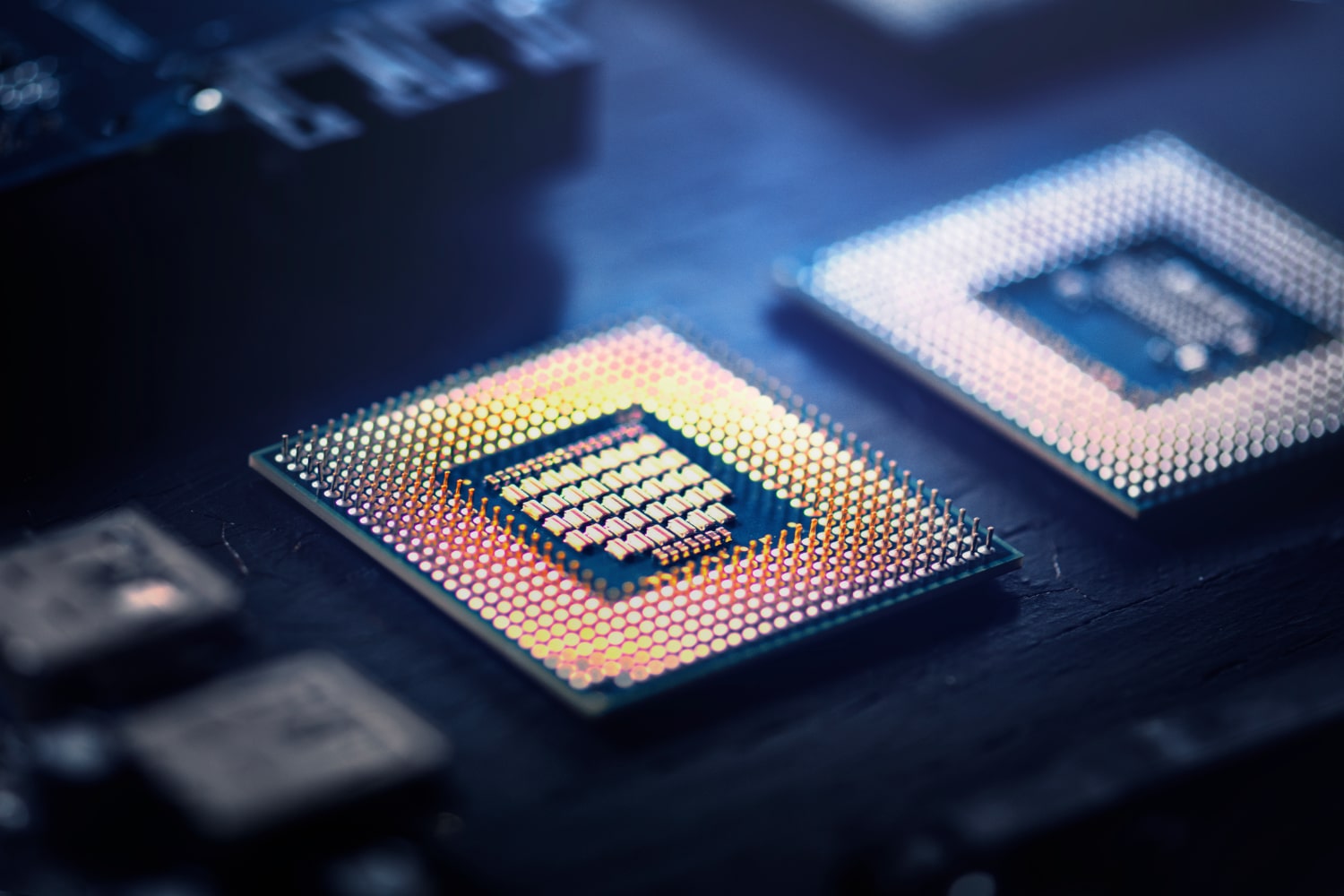
IoT Hardware innovations are two of the most recent transformative changes in the world of technology. It has an overarching effect on several sectors, including logistics, manufacturing, healthcare, agriculture, and so on.
The innovative characteristics of IoT are constantly streamlining operations, decision-making, and unlocking efficiencies that once felt unattainable.
However, with every solution comes challenges of implementing them and avoiding complexity while making it scalable. Businesses face different pain points when trying to adopt IoT and innovative hardware.
In this article, we explore the common challenges organizations face in IoT and hardware adoption, the solutions driving the industry forward, and how companies like Eelink have contributed to this transformation.
By understanding these dynamics, potential investors and partners can gain deeper insights into the value IoT brings to industries and the opportunities for collaboration and innovation.
Why Are Businesses Struggling With IoT Hardware Adoption?

IoT indeed opens doors to new possibilities for businesses. However, businesses operating in the B2B landscape face implementation and scalability-related hurdles when trying to adopt IoT.
1. Integration With Legacy Systems
Legacy systems stay at the heart of many industries. Manufacturing plants and operations and logistics often rely on older infrastructure. They use such infrastructures to manage production lines, track product inventory, and optimize the supply chain.
However, these systems are not inherently designed to handle the vast amounts of real-time data generated by IoT devices.
Challenge:
Organizations struggle to integrate IoT devices with legacy systems, which can result in data silos and operational inefficiencies. Without seamless communication between IoT devices and existing software, businesses fail to unlock the full potential of real-time analytics.
Solution:
Flexible IoT platforms with open APIs and modular architectures can address this issue. These platforms act as a bridge between IoT hardware and legacy systems, enabling seamless data integration and a more unified workflow.
2. Data Overload And The Need For Actionable Decisions
IoT generates an immense amount of data. It’s a technology that takes data from sensors, trackers, and several other devices that are monitoring different devices constantly. These devices and technologies are constantly gathering data about equipment, assets, and operations.
However, despite its immense potential, small businesses often lack the infrastructure, tools, and expertise to transform the data into actionable insights.
Challenge:
Businesses face analysis paralysis due to the sheer scale of IoT data. Without effective analytics tools, companies may miss opportunities for optimization or fail to detect critical issues in time.
Solution:
IoT solutions leveraging artificial intelligence (AI) and machine learning (ML) can process and analyze data in real time. For example, predictive analytics platforms use ML algorithms to identify patterns and anomalies, enabling businesses to anticipate equipment failures or optimize asset utilization proactively.
3. Security Threats in a Connected Environment
IoT devices introduce new vulnerabilities into an organization’s digital ecosystem. With most companies switching to a digital ecosystem through cloud and other technologies, it’s not easy to implement new things like IoT. Cyber threats targeting IoT systems can compromise sensitive data, disrupt operations, and harm a company’s reputation.
Challenge:
Cybercriminals often target IoT devices due to their interconnected nature. Insufficient encryption, insecure firmware, and a lack of updates can expose organizations to breaches and unauthorized access.
Solution:
Securing IoT hardware systems requires a multi-layered approach, including robust encryption protocols, regular firmware updates, and network segmentation. Businesses must also partner with IoT providers that prioritize security and compliance with international standards.
4. Scalability Concerns
Businesses require IoT solutions that grow with their operations. However, scalability remains a common challenge, particularly for organizations in industries like logistics, where the number of assets being tracked can increase rapidly.
Challenge:
Many IoT solutions are tailored for small-scale operations and struggle to handle the increased demand for devices, data processing, and storage as organizations expand.
Solution:
Cloud-based IoT platforms provide the flexibility to scale up or down as needed. By combining edge computing with cloud storage, organizations can process data efficiently while maintaining scalability and cost-effectiveness.
5. High Cost for Implementation & Maintenance
IoT adoption involves significant upfront investments in hardware, software, and infrastructure. Maintenance, upgrades, and training can further add to the costs, making IoT adoption challenging for small and medium-sized enterprises (SMEs).
Challenge:
The cost of IoT hardware implementation can deter businesses, particularly those with limited budgets, from adopting the technology despite its long-term benefits.
Solution:
Businesses should explore modular IoT solutions that allow for phased implementation. Starting with a pilot project enables organizations to evaluate ROI and gradually scale the deployment, reducing financial risks.
IoT Innovations are Industry Challenges: Here’s How
IoT companies are working to address these pain points through innovative hardware and software solutions. By focusing on interoperability, security, and real-time analytics, these solutions are enabling businesses to harness the power of IoT while minimizing risks and costs.
Case Study 1
It’s essential to maintain visibility across the supply chain, which is why 360-degree visibility is important to ensure customer satisfaction. IoT-enabled tracking devices provide businesses with real-time data on shipments, inventory levels, and environmental conditions, enabling proactive decision-making.
Example:
A global logistics company deployed IoT tracking devices with GPS and environmental sensors to monitor shipments in transit.
The system provided real-time updates on location and temperature, allowing the company to identify potential delays or issues before they impacted delivery schedules. This enhanced visibility reduced operational disruptions and improved customer trust.
Case Study 2:
Unplanned equipment downtime is one of the most significant costs for manufacturers. IoT devices that monitor equipment health can predict failures before they occur, reducing downtime and optimizing maintenance schedules.
Example:
A manufacturing facility integrated IoT sensors into its machinery to monitor vibration, temperature, and pressure. Using predictive analytics, the system identified when maintenance was needed, preventing costly breakdowns and extending the life of the equipment. This approach reduced downtime by 30% and saved the company substantial repair costs.
Case Study 3: Environmental Monitoring In Smart Cities
IoT devices are transforming urban management by providing data-driven insights into environmental conditions, traffic patterns, and public safety.
Example:
A smart city initiative deployed air quality sensors across urban areas to monitor pollution levels in real-time. The data helped city planners implement targeted policies to reduce emissions and improve residents’ quality of life. The project also demonstrated the potential of IoT to drive sustainable urban development.
Case Study 4: Asset Tracking in Healthcare
Hospitals and healthcare facilities face challenges in tracking the location and utilization of medical equipment. IoT asset-tracking solutions ensure that critical devices are available when needed, improving operational efficiency and patient care.
Example:
A hospital system uses IoT-enabled RFID tags to track the real-time location of medical devices. The system streamlined asset utilization, reduced time spent searching for equipment, and minimized losses. This resulted in improved patient outcomes and cost savings for the facility.
Eelink’s Contribution to IoT and Hardware Innovation

Eelink has been at the forefront of IoT and hardware innovation, providing businesses with reliable and scalable solutions that address these challenges.
With expertise in developing GPS tracking devices, environmental sensors, and IoT platforms, Eelink has helped organizations improve supply chain visibility, enhance operational efficiency, and secure their IoT networks.
For instance, Eelink’s IoT solutions have enabled logistics companies to monitor shipments in real-time, reducing delays and improving customer satisfaction.
Similarly, in manufacturing, Eelink’s predictive maintenance systems have minimized downtime and optimized resource utilization, resulting in significant cost savings.
Why Should Investors & Partners Pay Attention?
As IoT adoption accelerates, the demand for innovative and scalable solutions will continue to grow. Investors and partners have an opportunity to collaborate with companies like Eelink that are driving the next wave of IoT innovation.
By investing in IoT technologies, stakeholders can support the development of solutions that address real-world challenges and unlock new opportunities for businesses.
Conclusion
Hardware innovations and IoT are transforming global industries, and the change is quite visible across different platforms. However, it’s not easy to adopt these challenges. It would require efficiency in integration, scalability, cost, and security.
Companies like Eelink are helping businesses navigate these challenges by providing tailored IoT solutions that deliver measurable results.
As the IoT landscape evolves, businesses, investors, and partners must collaborate to harness its full potential. By embracing innovative technologies and addressing key challenges, organizations can unlock new opportunities and stay competitive in a rapidly changing world.
Read Also:






